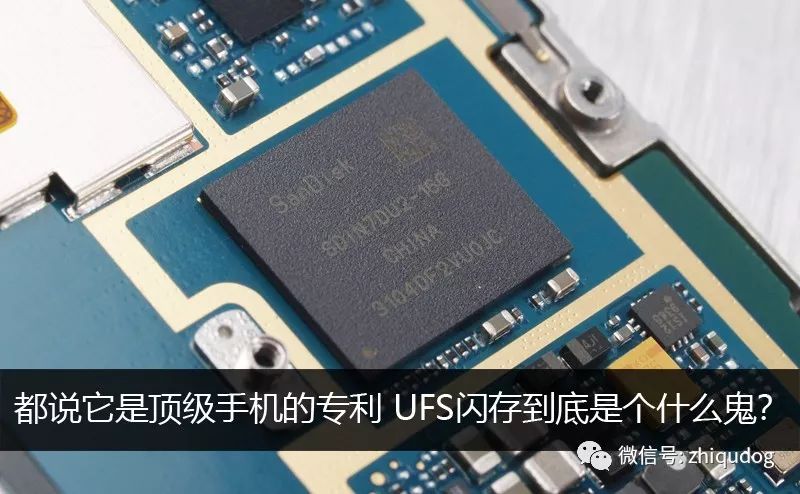
No matter how powerful a smartphone is, the layer we interact with is always the screen. The quality of the display directly affects our “vision” and mood. However, when it comes to mobile screens, many people only focus on size and resolution. In fact, there are many parameters related to screens; understanding them in detail can ensure a better visual experience when choosing a phone.
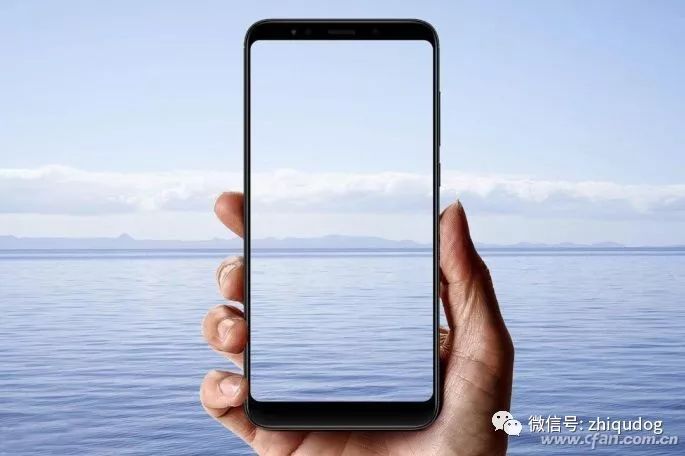
Full Screen: Originating from Screen Ratio Differences
From the current technology perspective, a “full-screen” phone cannot literally achieve a design where the entire front is a screen, so it is merely a marketing concept. Specifically, any screen that uses display ratios such as 17:9, 18:9, 18.5:9, etc., can be labeled as “full screen.” In contrast, the traditional 16:9 display ratio is referred to as a “regular screen.”
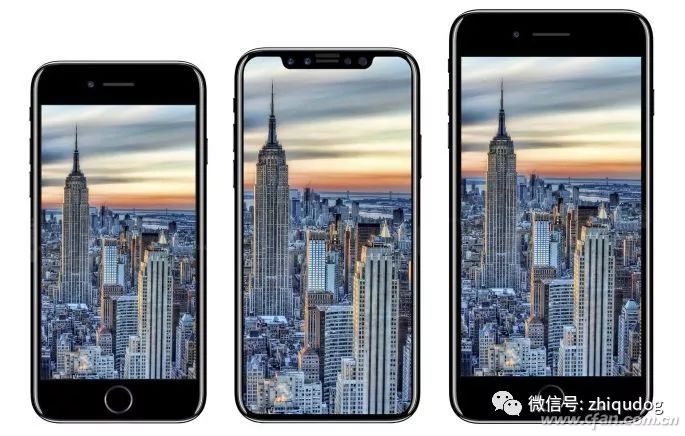
The advantage of full screens is that the LCD module is longer, allowing a 6-inch 18:9 screen to fit into a traditional 5.5-inch 16:9 phone without changing its size, thus achieving a larger field of view, improving the screen-to-body ratio, and displaying additional side views in many games to anticipate the enemy.
Notch Screen: An Extension of Full Screen
Phones represented by the iPhone X and Sharp AQUOS S2 have a section “cut out” at the top of the screen to accommodate the front camera and other hardware (referred to as a “notch” or “beauty spot”). This type of full screen is known as an “irregular full screen” in the industry. In contrast, regular full screens are further categorized as “symmetric” or “asymmetric” full screens based on the height consistency of the top and bottom bezels.
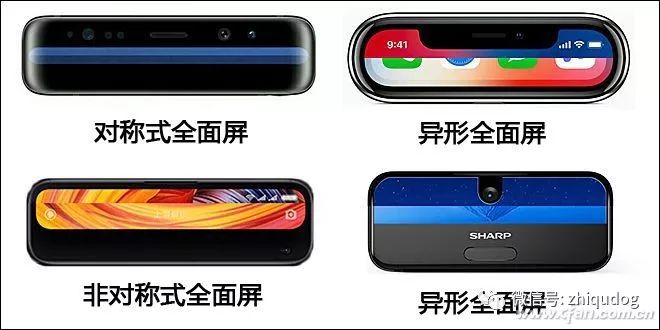
In 2018, the “notch screen” became “full screen 2.0,” thoroughly popularizing the concept in the smartphone realm.
Screen Size: A Game of Precise Numbers
Careful users may notice that many similarly sized full-screen phones have slight differences in screen size parameters, such as 5.99 inches, 6 inches, and 6.01 inches. What is the reason behind this?
The answer lies in several aspects:
Different suppliers of LCD (or OLED) screens, such as Samsung, LG, BOE, and Tianma, have inherent differences of a few tenths of an inch between different models or batches; some full-screen phones have straight-edge designs on all four sides, while others use rounded corners, which can reduce the measured diagonal size compared to straight-edge data.
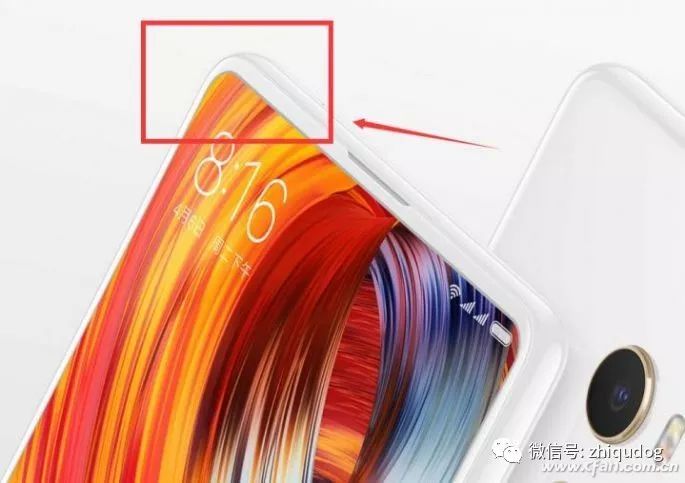
Therefore, an LCD with straight edges may be 6.01 inches, but after rounding, it could become 5.99 inches. From the perspective of phone manufacturers, the screen size parameter should avoid false advertising as much as possible. A screen area larger by 0.01 inches is negligible, but a loss of 0.01 inches could lead to lawsuits.
Screen-to-Body Ratio: Lack of Unified Calculation Methods
When many full-screen phones are released, the official channels often emphasize the screen-to-body ratio parameter, such as claiming that phone A has a “screen-to-body ratio of up to 9x%.” However, when competitors release full-screen phone B, they often compare it to phone A and state that phone A’s screen-to-body ratio is only 8x%. Why do the same phone have different screen-to-body ratio parameters listed in different contexts?
The answer is straightforward: the industry’s calculation formulas for screen-to-body ratios are not uniform and can generally be divided into three calculation methods:
Screen Component Area ÷ Front Panel Area
This calculation method seems reasonable but fails to accurately reflect the actual effective display area. The reason is simple: to avoid light leakage and cover the LCD edge’s BM area, there must be a varying width black edge around the phone screen, resulting in some loss of the actual effective display area. Thus, whether or not the black edge is included in the screen-to-body ratio calculation naturally affects the final result.
Actual Display Area ÷ Front Panel Area
This method excludes the BM area’s black edge from the calculations but still isn’t the most accurate. This is because the phone’s surface area is often larger than its screen glass panel.
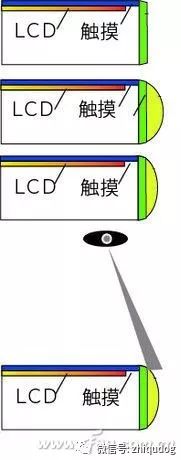
Especially for full-screen phones, to avoid awkward situations where they shatter upon accidental drops, these products mostly use a metal frame design and fill a cushioning layer between the screen glass and the frame. To enhance the feel, the metal frame also adopts curvature, which makes the actual frame of the phone (black edge + cushioning layer + metal frame) appear wider.
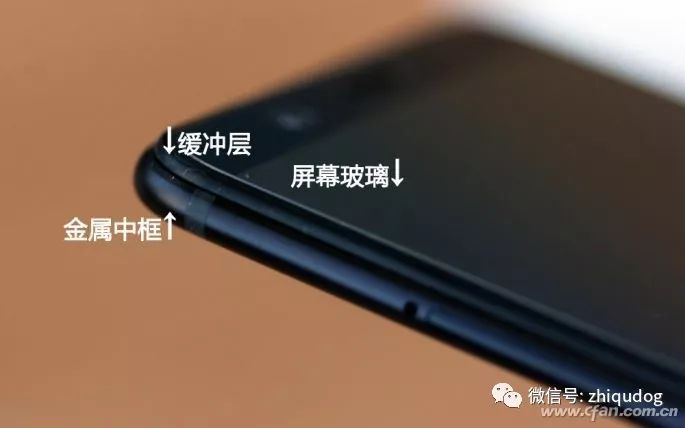
Actual Display Area ÷ Projected Area of the Phone’s Outer Contour
This formula uses the actual display area of the screen excluding the black edge, divided by the phone’s outer contour, which is the actual surface area of the phone (not counting protruding button parts). Relatively speaking, this calculation method is the most scientifically rigorous. If calculated this way, many full-screen phones on the market do not have the advertised high screen-to-body ratios.
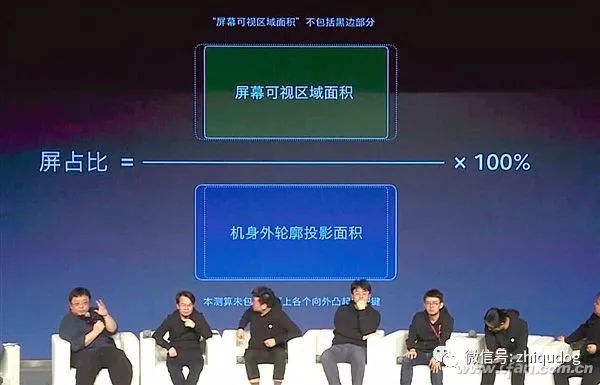
Resolution: The Contradiction Between Detail and Power Consumption
The resolution of a phone refers to the number of pixels the screen can display. Given a fixed screen size, a higher resolution means a finer display effect, and the PPI (pixels per inch) index will be higher. However, a higher resolution also means higher GPU resource consumption during image rendering, which translates to increased screen power consumption—a contradiction between the two that is hard to achieve. To mitigate the power consumption issue of higher resolution screens, a few brands, including Samsung and Huawei, allow users to manually lower the screen resolution in power-saving settings; other brands can only achieve this by rooting and modifying configuration files.
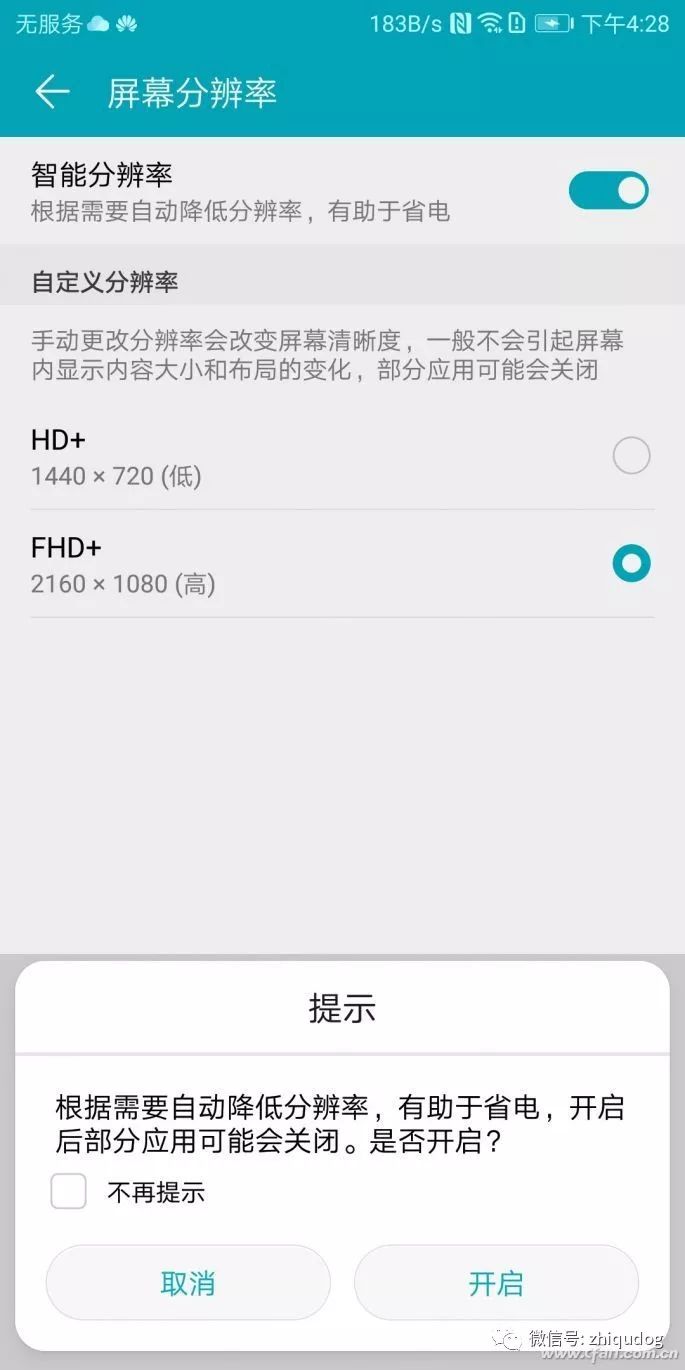
Currently, the resolution specifications for smartphones are chaotic, reflected in the combinations of display standards and ratios. To facilitate everyone’s reference, I have compiled a summary of commonly seen smartphone screen specifications.
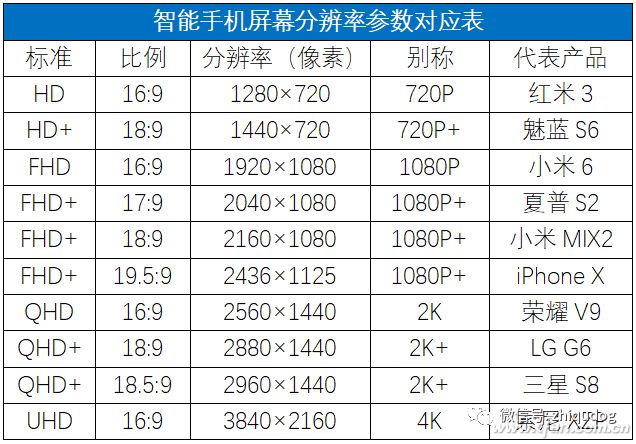
Color Gamut: It Relies on This to Present the True Vision
When displaying the same image, different price range phones often show that high-end products have more realistic and vibrant color performance. The reason behind this is the difference in color gamut parameters of different screens. The color gamut standard used for phone screens is often based on sRGB, with a higher percentage indicating better screen quality.
There is a misconception regarding color gamut. Many users subconsciously believe that “the wider the color gamut, the more colors can be displayed.”
In fact, this viewpoint is incorrect. The number of colors a screen can display depends on the LCD panel itself, and all current smartphones use 8-bit screens that can display 16 million colors. Only professional display devices are equipped with 10-bit screens to achieve the display of 1 billion colors. A wider color gamut means more accurate color representation. Currently, if a mid-to-high-end phone does not use a screen close to or exceeding 100% sRGB color gamut, it can only be said that it has saved costs on the screen.
Regarding color gamut, there are also standards like Adobe RGB, NTSC, and DCI-P3. Among these, Adobe RGB is not very meaningful for ordinary users, while DCI-P3 is the filming standard for Hollywood movies. In other words, any screen that covers the DCI-P3 color gamut can perfectly and realistically present all the colors that need to be displayed in movies. If measured using the NTSC standard, 100% DCI-P3 is equivalent to 96% NTSC, while 100% sRGB is equivalent to 72% NTSC.
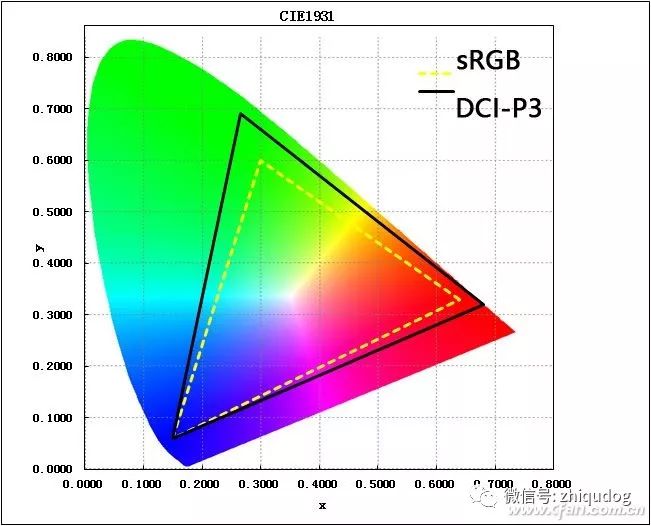
It is important to note that from the perspective of “realistic comfort,” the closer the color gamut is to 100% sRGB, the better; too high will appear overly saturated, while too low will lead to inaccurate color reproduction. Therefore, although Galaxy S series phones use AMOLED screens with an ultra-wide color gamut, manufacturers intentionally reduce the ultra-wide color gamut to near 100% sRGB in the default display state, and the DCI-P3 standard is also an optional setting in the menu for users to switch to when needed (such as watching movies).
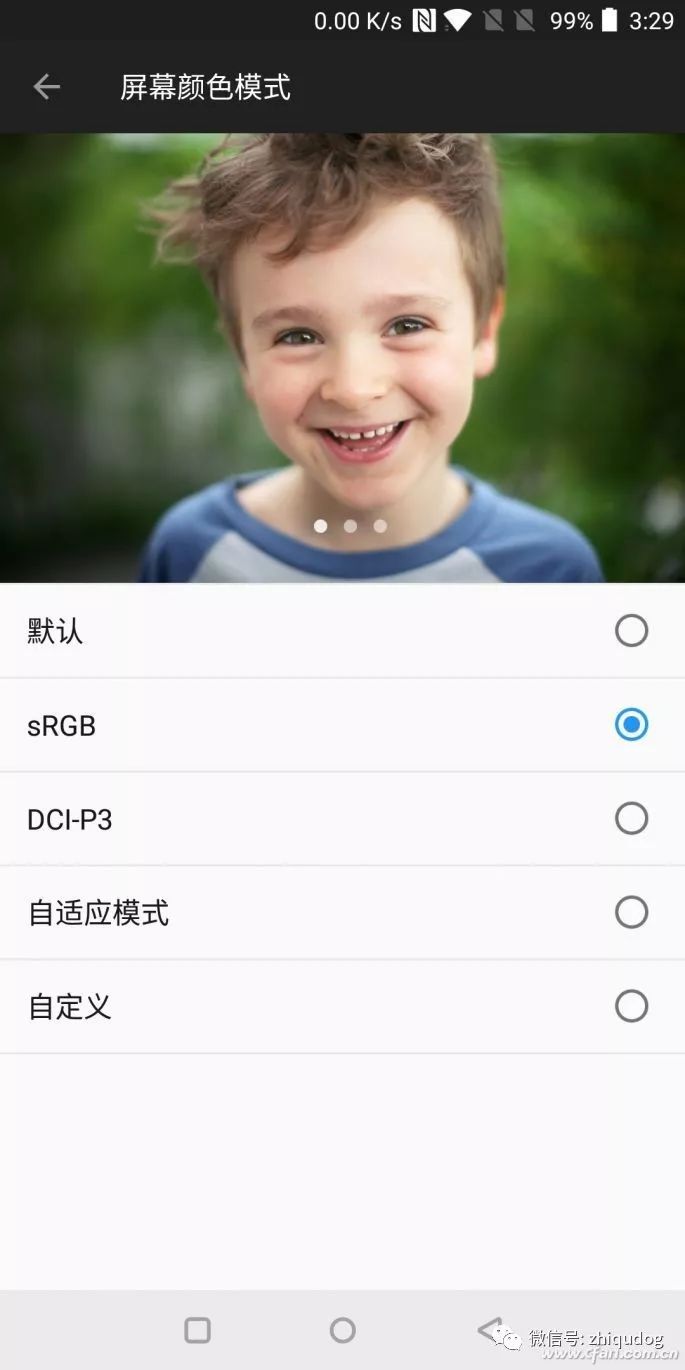
HDR: Making the Vision Brighter
Many flagship phones, including Sony Xperia XZ Premium, Apple iPhone X, Samsung Galaxy Note 8, and LG G6, emphasize the concept of “HDR” (High Dynamic Range Imaging), which allows phones to handle content produced under the latest 4K UHD HDR standards effortlessly and fully realize the effects. The HDR displays supported in the mobile sector mainly include Dolby Vision and HDR 10 standards; users just need to know that phones supporting these standards are more worth buying.
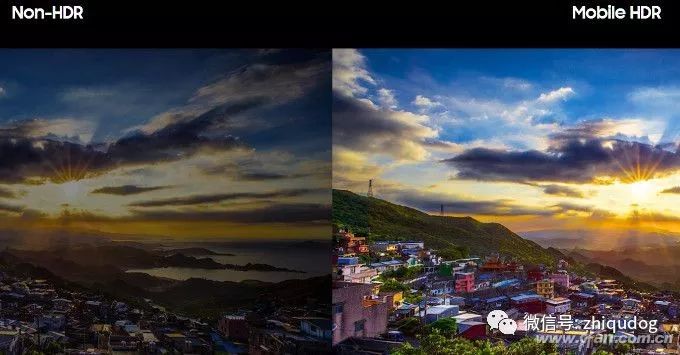
Brightness: The Key to Visibility Outdoors
The color gamut affects whether the screen’s color performance is realistic, while the importance of screen brightness can often surpass that of color gamut. Common LCD screens in the mobile sector rely on LED units at the bottom of the screen module to emit light; increasing brightness helps enhance contrast, reduce light leakage, and improve color gamut. Additionally, being able to see the content displayed on the screen under direct sunlight requires higher brightness support. Generally, only screens with a maximum brightness exceeding 500 nits can ensure good readability in strong light; below 400 nits, the display is nearly unreadable.
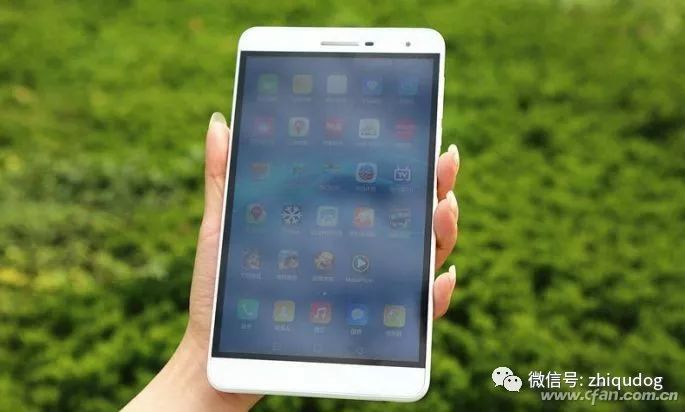
Interestingly, the record for the highest brightness in the mobile sector comes from self-emitting OLED (AMOLED), with the Samsung Galaxy Note 8 reaching a maximum brightness of 1200 nits. Therefore, the claim that OLED screens are not as bright as LCDs is unfounded.
Moreover, higher brightness is not always better; the minimum adjustable brightness value and the number of adjustable levels are also very important. We all know that the “original sin” of eye strain when using phones at night is the screen backlight; being able to make extensive adjustments based on ambient light conditions is undoubtedly beneficial for eye protection. For example, the Xiaomi 6 has boasted a 1-nit eye protection screen, and its support for 4096 levels of adjustment allows for finer brightness changes. In the future, phones with adjustable brightness that can both lower and raise will be prioritized for purchase.
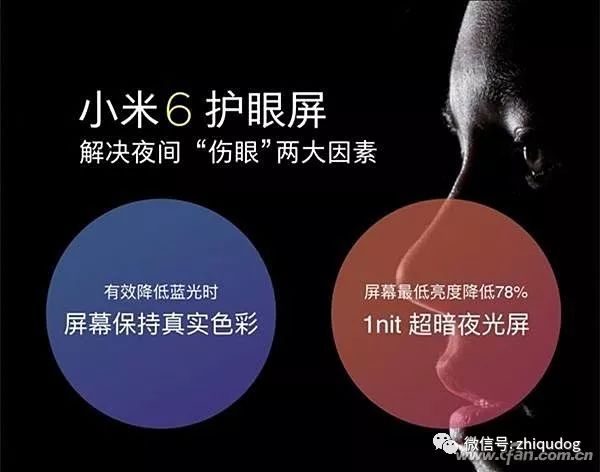
Others: Parameters That Should Not Be Overlooked
There are many other parameters related to mobile screens, such as screen material, which is divided into LCD (including S-LCD) and OLED (including AMOLED). The latter has advantages such as high color gamut, high contrast, self-emitting, minimal power consumption in black, flexibility, and the ability to install under-screen fingerprints, making it a standard feature for future high-end phones.
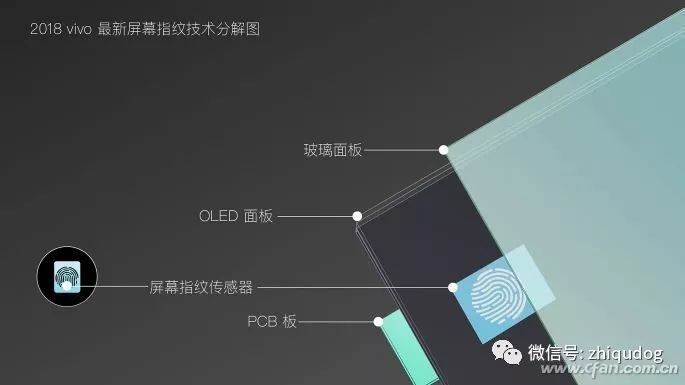
Additionally, today’s smartphones all feature full lamination screens, and high-end devices will use the latest generation of Corning Gorilla Glass to enhance scratch resistance. Even entry-level phones below a thousand yuan now include an oil-repellent layer on the screen surface, and these technical terms have been previously introduced by Zhizhi Dog, so I won’t elaborate further here. In summary, I hope everyone, when choosing a phone in the future, will not only focus on processors and chips but also pay special attention to the quality of high-end screens, as it often becomes a core indicator of victory or defeat.
After reading this article, 99% of readers also clicked:
